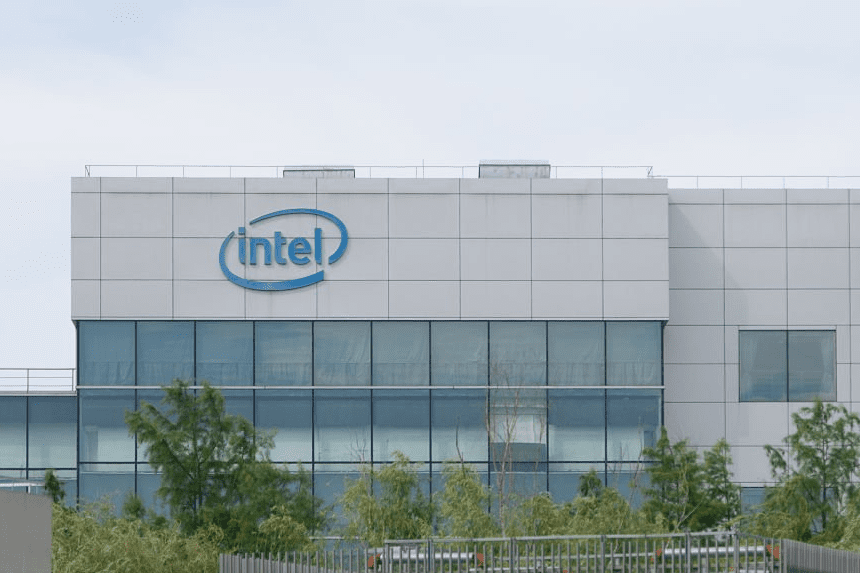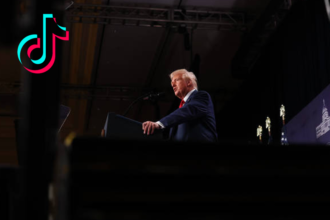Intel’s stock saw a sharp rise of over 7% following reports of potential government investment aimed at boosting US chip manufacturing. The move comes amid national efforts to strengthen domestic semiconductor capabilities, especially in the face of growing global competition.
The U.S. government is reportedly in early talks to support Intel’s plan for a large manufacturing facility in Ohio. Though details remain confidential, the news signals a possible strategic partnership to secure America’s position in the global chip race.
Why Is the U.S. Considering Investing in Intel?
The U.S. government is prioritizing US chip manufacturing due to national security and economic resilience concerns. Intel is one of the few American companies capable of producing advanced semiconductors at scale. Its proposed Ohio plant is considered vital to meeting domestic demand and reducing reliance on foreign supply chains.
Analysts believe that federal support for Intel could mirror models seen in other nations, such as China, where governments partner with private tech giants. This potential investment may provide Intel with the capital and policy backing it needs to catch up with competitors like Nvidia and TSMC. Here is the link to our article on Texas Instruments Investment.
How Could This Deal Affect Intel’s Position?
If the deal proceeds, it could serve as a financial lifeline for Intel. The company has faced challenges, including delays in its Ohio facility and falling behind in the AI chip sector. Its market value has dropped significantly since 2020, shrinking to $104 billion.
A U.S. stake, even a minority one, would likely boost investor confidence and help Intel regain momentum. It also underscores Intel’s strategic value to national interests, especially with mounting tensions around global technology supply chains.
What Are the Implications for the Tech Industry?
This development marks a potential shift in U.S. policy toward more active involvement in high-tech sectors. It could lead to further government partnerships with semiconductor firms, particularly those advancing AI and high-performance chips.
However, some experts argue that focusing solely on Intel may carry risks, given the company’s recent performance issues. Alternatives such as providing support to multiple U.S.-based chipmakers or offering broader incentives are also being discussed. Here is the link to our article on UK Trade Strategy.
What Role Does Intel’s Leadership Play?
Intel’s new CEO, Lip-Bu Tan, has emphasized financial restructuring and innovation in AI chips. Despite controversy surrounding his past business ties, Tan has remained committed to aligning the company with national interests.
His leadership is central to Intel’s transformation and plays a key role in discussions with Washington. Tan’s strategy includes expanding manufacturing capacity, revitalizing product development, and improving operational efficiency—all of which align with US chip manufacturing goals.
Final Thoughts
The possibility of U.S. government investment in Intel reflects a strategic push to revive US chip manufacturing leadership. As global demand for advanced semiconductors rises, America’s ability to produce them at home becomes increasingly critical. Whether through Intel or a broader industry approach, this moment may redefine how the U.S. supports innovation in its most essential tech sectors. The evolution of US chip manufacturing is not just about business—it’s a matter of national strength.








